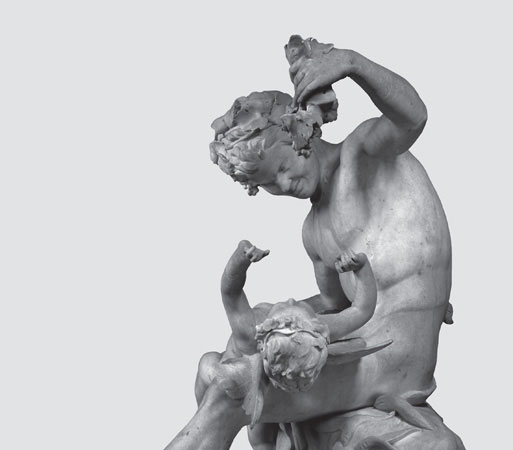
TEMPORARY EXHIBITION IN INTERACTIVE TOUR
From 06.02.2007 to 30.06.2007
Yannoulis Chalepas was born to a family of marble cutters in 1851 at Pyrgos on the island of Tinos. He completed a bright education, first at the School of Arts in Athens, under Neoclassical sculptor Leonidas Drossis and then at the Munich Academy, under another Neoclassical sculptor, Max Ritter von Widnmann, on scholarship from the Panhellenic Holy Foundation of the Evangelistria of Tinos.
Chalepas is one of those rare artists whose work was mature from early on. His art exhibited unprecedented maturity from the very beginning, as testified by the three monumental works from his first creative period which survive intact: Affection (1835), Satyr Playing with Eros (1877) and above all the legendary Sleeping Female Figure (1877). His well-known tragedy followed, which silenced his extraordinary gift in his prime. As is well known, the artist was admitted to the Mental Hospital of Corfu, where he remained in complete creative inactivity for fourteen years, from 1888 to 1902. Following the death of his father, who seems to have been responsible for his confinement, his mother brought him back to the island. There, Chalepas was to live in isolation and contempt, in a kind of limbo, grazing sheep and running errands until his mother died, in 1916. Blaming art for his illness, his mother had prevented him from working as an artist and destroyed any works that he made.
The period 1918-1930 was a long period of awakening to the light of sanity into the world of art. His contacts with intellectual circles in Athens now became more frequent, and public interest began to mount. Eminent personalities of the arts visited him, including Thomas Thomopoulos, member of the Academy of Athens, and Zacharias Papantoniou, director of the National Gallery. In 1925, an exhibition of Chalepas’ works was organized by the Academy of Athens, and in 1927 he received the Academy of Athens “Award for Excellence in Arts and Letters”. In 1930, thanks to the interest of his niece, Irene Chalepa, he moved in with her family in Athens. He was to spend the last years of his life, until his death in 1938, in an atmosphere of general admiration, which he hardly noticed, however, as he was desperately struggling to make up for the lost time in his work. Scholars identify two phases in Chalepas’ “post-sanity” creative production. The first corresponds to the years of rehabilitation in Tinos, from 1918 to 1930, and the second spans the last years of his life, from 1930 to his death, in 1938. The innovative and groundbreaking element in his “post-sanity” period did not lie in his subject matter, but in the freedom of interpretation which the artist sought and attained; characteristically he said, “The new [elderly] Chalepas has surpassed the old [young]”. In these works, the pagan world of antiquity blends harmoniously with the Christian world. Scales and hierarchies are eliminated, enabling the small scale side by side with the large scale, what is conventionally deemed as important with what is considered as trivial. Dream, imagination and reality know no boundaries in Chalepas’ “post-sanity” works. They become communicating vessels. The continuity of time and place is abolished. His compositions are closed, without projecting limbs, as they are modelled around a stereometric core. Modelling is cryptic, decisive, in distinct planes. It is not an accident that during this period the artist explicitly stated his preference for antique art “before the Phidias era”. The question whether Chalepas was familiar with, and inspired by, modernist developments remains open for scholars.
It seems, however, that the distance between the impeccable neoclassical sculptor of the Sleeping Female Figure and the bold excursions of his maturity does not amount to nothing. His mental illness, his solitude, silence, pain –“pain is a man”, he once remarked– became the secret workshop out of which a new Chalepas emerged.
The exhibition has been made possible thanks to the generous sponsorship of COSMOTE.
Marina Lambraki-Plaka
Professor of History of Art
Director of the National Gallery – Alexandros Soutsos Museum
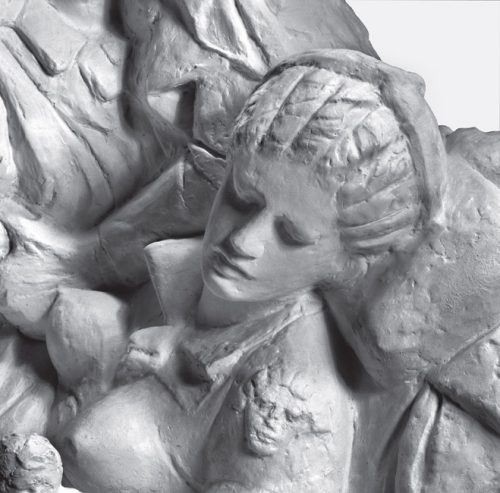
1
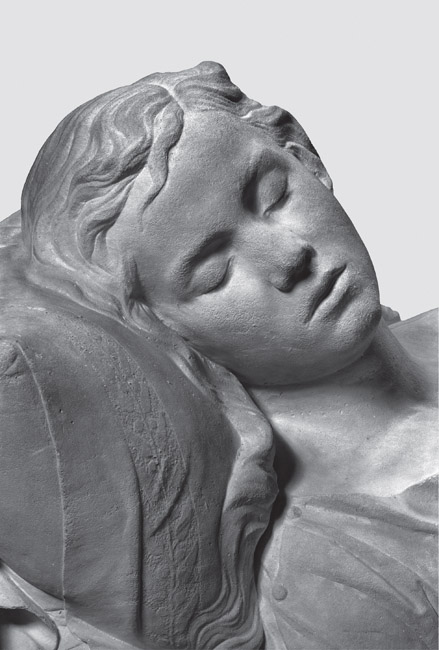
2
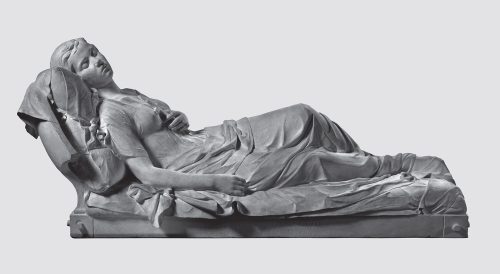
3
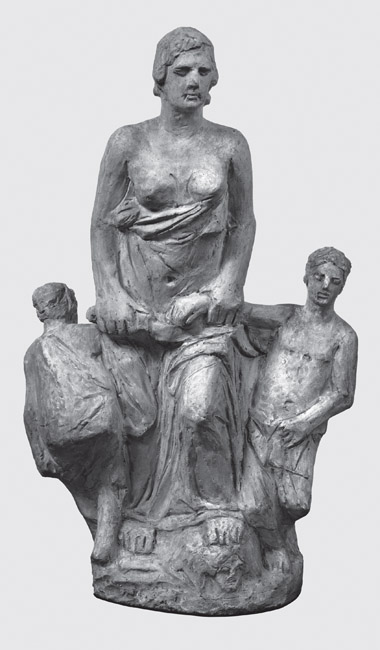
4
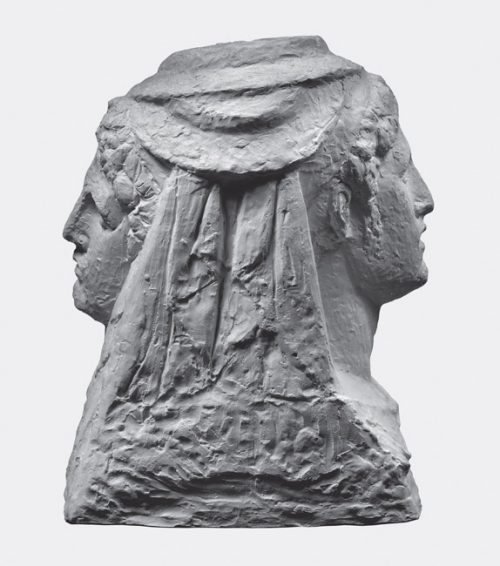
5
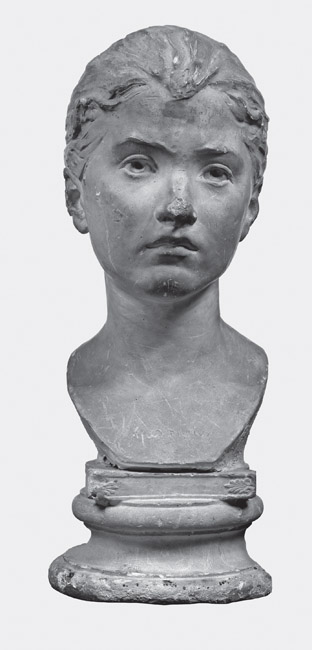
6
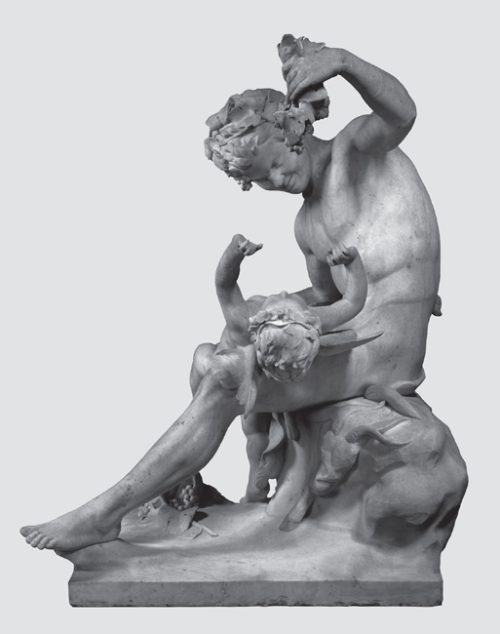
7
Sponsor:
COSMOTE

